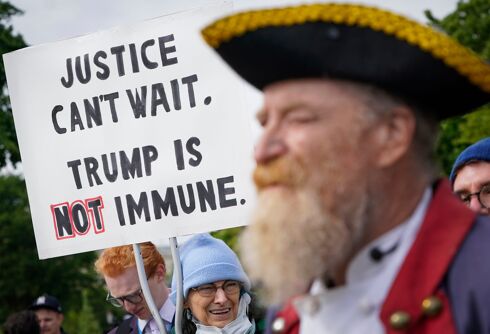What issue will affect gay and bisexual men at a rate of two in five and affect approximately 50 percent of the lesbian population in America?
If you didn’t know the answer, you are not alone. The answer is domestic violence.
 October is Domestic Violence Awareness Month, but most of us don’t think about the lesbian, gay, bisexual, and transgender, or LGBT, community when we think of domestic violence victims.
October is Domestic Violence Awareness Month, but most of us don’t think about the lesbian, gay, bisexual, and transgender, or LGBT, community when we think of domestic violence victims.
Experts believe that domestic violence occurs in the LGBT community with the same frequency and severity as in the heterosexual community. However, there is a difference in the number of victims who come forward for help. According to the National Coalition Against Domestic Violence, or NCADV, LGBT domestic violence is vastly underreported, unacknowledged and often reported as something other than domestic violence.
Never Miss a Beat
Subscribe to our newsletter to stay ahead of the latest LGBTQ+ political news and insights.
So, why would one group of people experiencing the same level of domestic violence be reporting the abuse at much lower rates? The NCADV reports that our society’s history of racism, sexism, homophobia and transphobia prevents LGBT victims of domestic violence from seeking help from the police, legal and court systems for fear of discrimination or bias. Many LGBT people also live closeted lives. They may not be out to their employers, co-workers and family. In some areas, being “outed” could result in the loss of employment; isolation from friends and family; or the fear of being harassed, bullied, beaten or even killed.
According to the Center for American Progress, gay and lesbian victims are reluctant to seek help out of “fear of showing a lack of solidarity among the gay and lesbian community.” In addition, many gay men and women hide their abuse because they worry that society will view same-sex relationships as dysfunctional.
Abusers may portray the violence as mutual, especially if the partner tries to defend against it or convince the partner that violence is a normal part of an LGBT relationship.
Article continues below
So, this month as you wear purple clothing and ribbons to show support for domestic violence victims, remember that anyone can be a victim. Chances are someone you know is, or has been in a domestic abuse situation. This remains true for people that you know in the LGBT community. Reach out, seek education and be a voice of justice not just for heterosexual victims, but for all victims including those in the lesbian, gay, bisexual and transgender community.














Domestic abuse affects the LGBT community, too